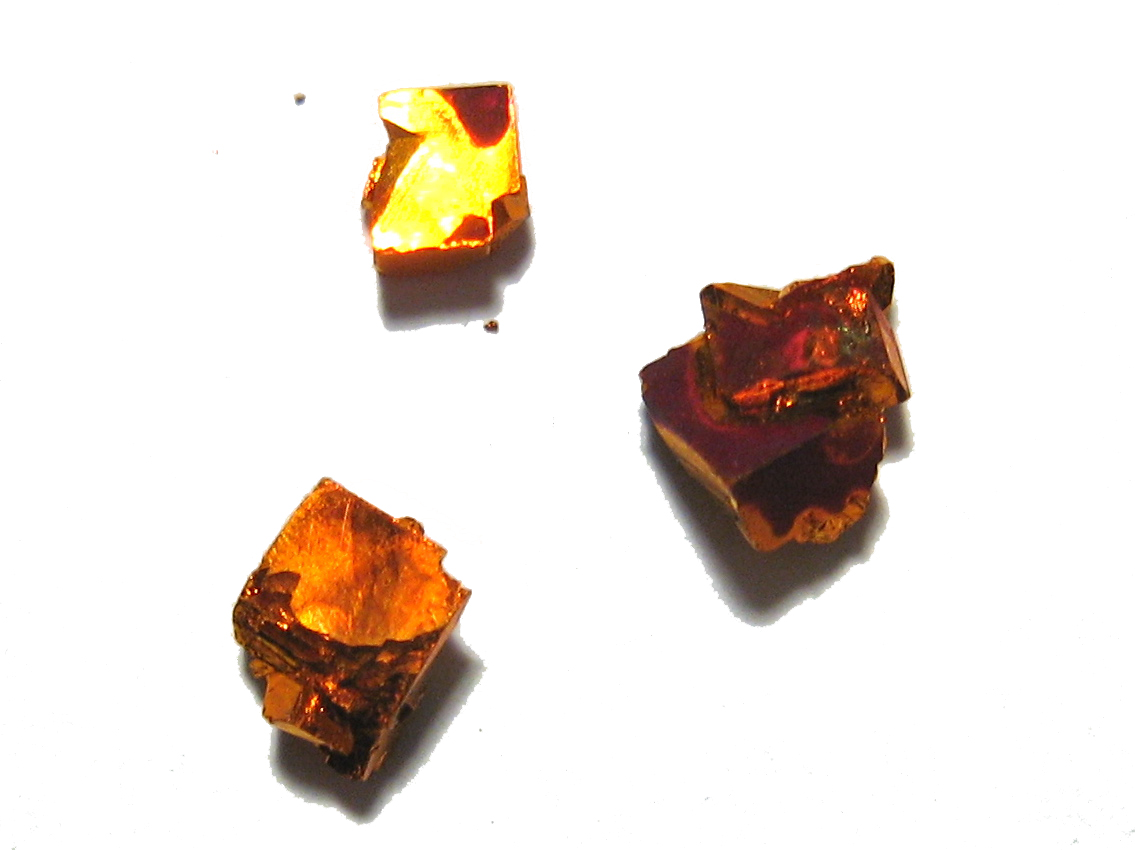Sodium Tungsten Bronze on:
[Wikipedia]
[Google]
[Amazon]
 Sodium tungsten bronze is a form of insertion compound with the formula Na''x''WO3, where ''x'' is equal to or less than 1. So named because of its metallic lustre, its electrical properties range from
Sodium tungsten bronze is a form of insertion compound with the formula Na''x''WO3, where ''x'' is equal to or less than 1. So named because of its metallic lustre, its electrical properties range from
 When ''x'' = 1, sodium tungsten bronze adopts a cubic phase: the
When ''x'' = 1, sodium tungsten bronze adopts a cubic phase: the
 Sodium tungsten bronze is a form of insertion compound with the formula Na''x''WO3, where ''x'' is equal to or less than 1. So named because of its metallic lustre, its electrical properties range from
Sodium tungsten bronze is a form of insertion compound with the formula Na''x''WO3, where ''x'' is equal to or less than 1. So named because of its metallic lustre, its electrical properties range from semiconducting
A semiconductor is a material which has an electrical resistivity and conductivity, electrical conductivity value falling between that of a electrical conductor, conductor, such as copper, and an insulator (electricity), insulator, such as glas ...
to metallic depending on the concentration of sodium ions present; it can also exhibit superconductivity.
History
Prepared in 1823 by the chemist Friedrich Wöhler, sodium tungsten bronze was the first alkali metal bronze to be discovered. Tungsten bronzes owe some of their properties to the relative stability of the tungsten(V) cation that is formed. A similar family of molybdenum bronzes may have been discovered in 1885 by Alfred Stavenhagen and E. Engels, but they are formed in a very narrow range of temperatures and were not reported again until the 1960s.Properties
Sodium tungsten bronze, like other tungsten bronzes, is resistant to chemical reaction under both acidic and basic conditions. Colour is dependent upon the proportion of sodium in the compound, ranging from golden at ''x'' ≈ 0.9, through red, orange and deep purple, to blue-black when ''x'' ≈ 0.3. The electrical resistivity of the bronze depends on the proportion of sodium in the compound, with specific resistances of 1.66 mΩ being measured for some samples. It has been suggested that electrons, released when the sodium atoms are ionised, are conducted readily through the tungsten t2g and oxygen π orbitals. This can be observed in the XPS and UPS spectra: the peak representing the tungsten 5''d''band
Band or BAND may refer to:
Places
*Bánd, a village in Hungary
*Band, Iran, a village in Urmia County, West Azerbaijan Province, Iran
* Band, Mureș, a commune in Romania
*Band-e Majid Khan, a village in Bukan County, West Azerbaijan Province, I ...
becomes more intense as ''x'' rises.
For values of ''x'' below 0.3, the bronze is semiconducting rather than metallic. When cooled sufficiently, sodium tungsten bronze becomes a superconductor, with the critical temperature (''Tc'') for Na0.23WO3 being approximately 2.2 kelvin
The kelvin, symbol K, is the primary unit of temperature in the International System of Units (SI), used alongside its prefixed forms and the degree Celsius. It is named after the Belfast-born and University of Glasgow-based engineer and phy ...
. The first record of superconductivity in a tungsten bronze was in 1964, with a ''Tc'' of 0.57 K.
Structure
 When ''x'' = 1, sodium tungsten bronze adopts a cubic phase: the
When ''x'' = 1, sodium tungsten bronze adopts a cubic phase: the perovskite
Perovskite (pronunciation: ) is a calcium titanium oxide mineral composed of calcium titanate (chemical formula ). Its name is also applied to the class of compounds which have the same type of crystal structure as (XIIA2+VIB4+X2−3), known a ...
crystal structure. In this form, the structure consists of corner-sharing WO6 octahedra with sodium ions in the interstitial gaps. For ''x'' values between 0.9 and 0.3, the structure remains similar but with an increasing deficiency of sodium ions and a smaller lattice parameter.
A number of other structure types can also be adopted, with varying electrical properties: cubic, tetragonal I and hexagonal phases are metallic, whereas orthorhombic and tetragonal II structures are semiconducting.
Synthesis
Wöhler's 1823 synthesis involved reducingsodium tungstate
Sodium tungstate is the inorganic compound with the formula Na2WO4. This white, water-soluble solid is the sodium salt of tungstic acid. It is useful as a source of tungsten for chemical synthesis. It is an intermediate in the conversion of tungs ...
and tungsten trioxide
Tungsten(VI) oxide, also known as tungsten trioxide is a chemical compound of oxygen and the transition metal tungsten, with formula WO3. The compound is also called tungstic anhydride, reflecting its relation to tungstic acid . It is a light ...
with hydrogen gas
Hydrogen is the chemical element with the symbol H and atomic number 1. Hydrogen is the lightest element. At standard conditions hydrogen is a gas of diatomic molecules having the formula . It is colorless, odorless, tasteless, non-toxic, a ...
at red heat. A more modern approach reduces a melt of the reactants with electricity rather than with hydrogen. Microwave synthesis is also possible, using tungsten powder as the reducing agent. Hydrothermal (both batch and flow) syntheses are also possible.
Related compounds
The sodium in this compound can be replaced by otheralkali metals
The alkali metals consist of the chemical elements lithium (Li), sodium (Na), potassium (K),The symbols Na and K for sodium and potassium are derived from their Latin names, ''natrium'' and ''kalium''; these are still the origins of the names ...
to form their tungsten bronzes, and by other metals such as tin and lead. Molybdenum bronzes also exist but are less stable than their tungsten counterparts.
References
{{tungsten compounds Non-stoichiometric compounds Sodium compounds Tungsten compounds Oxides